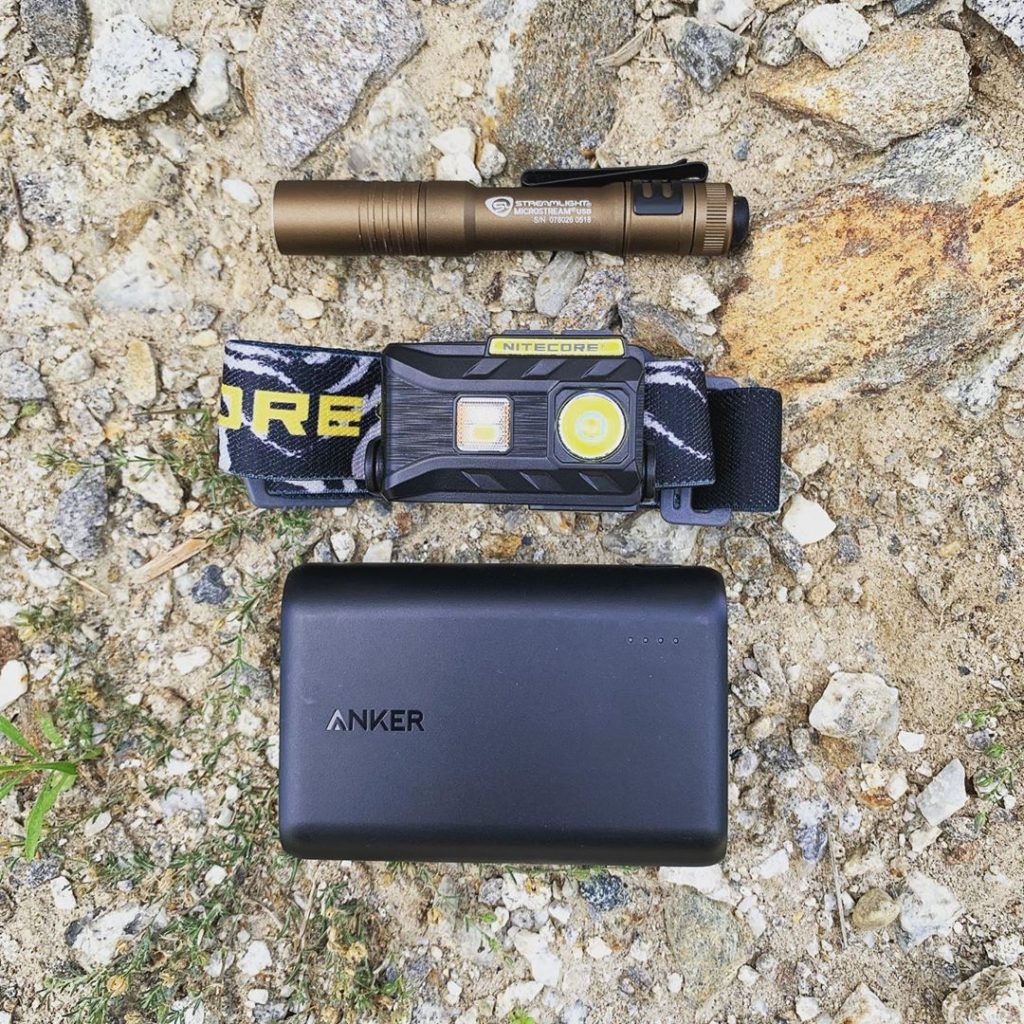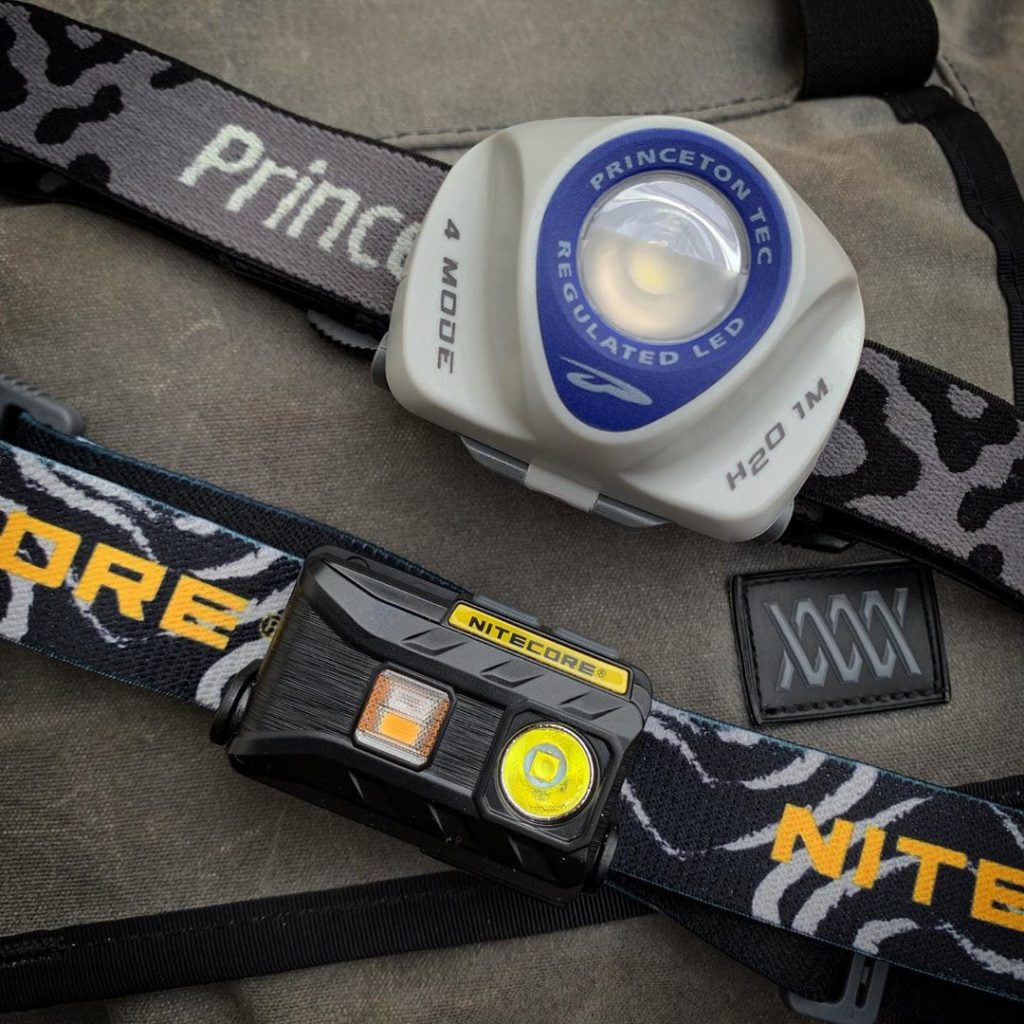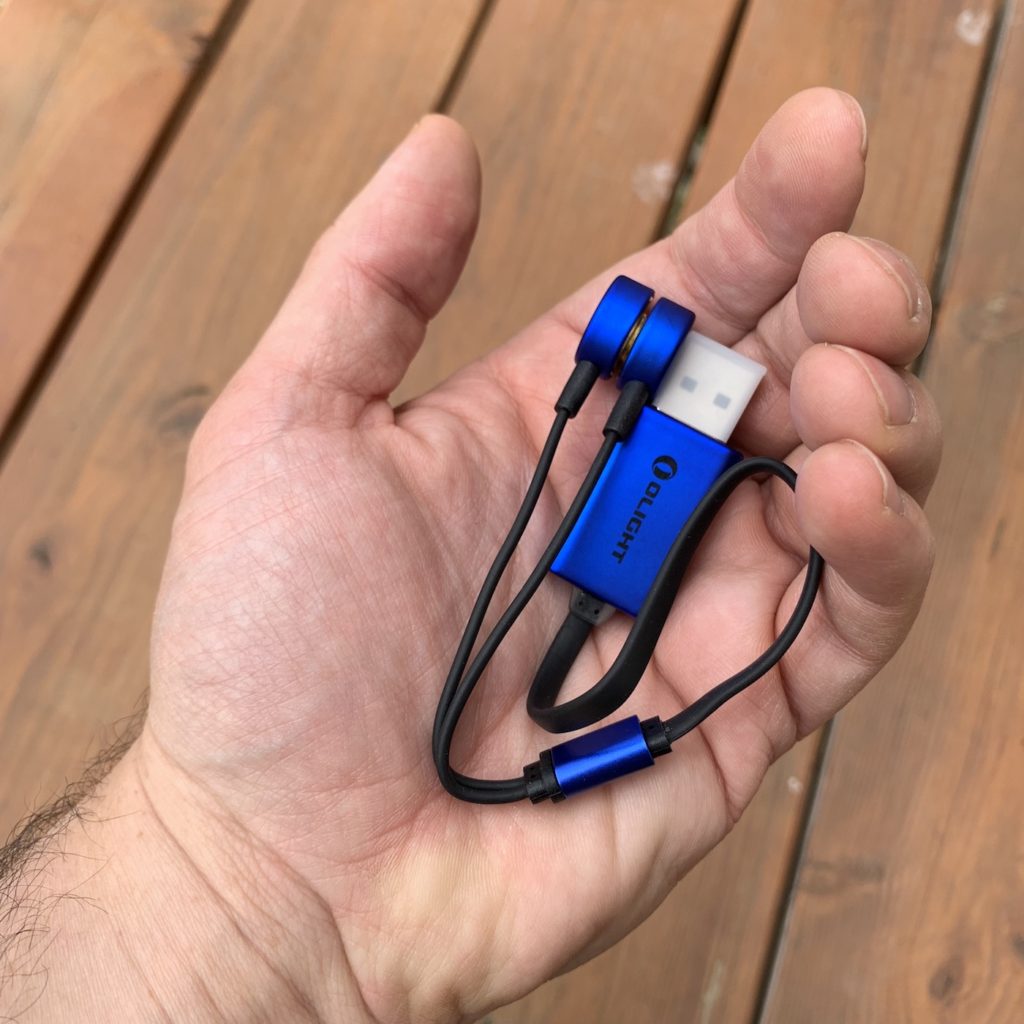I’ll just say up front that this sCharger-14 is easily the best portable solar charger that I have used and then I’ll spend the rest of this article telling you why. The bottom line is that the quality is excellent, they are assembled and supported here in the USA, and they have a feature that is an absolute game-changer (more on this later).

sCharger-14 Specifications:
- Output: 2800mA, 5.1V, 14Watts
- Circuitry: 2-USB Ports, Patented Auto-Retry (Auto-Reset)
- Weight: ~21oz (596 Grams)
- Water Resistant: 40 Feet, Corrosion Resistant, IPX7 Rated
- Dimensions: 11.6″ x 7.25″ x .25″in (closed) / 11.6″ x 14.5″ x .125″ in (open)
- Solar Cell Efficiency: ~20%, Mono-Crystalline

Observations from Use
To understand what makes the Suntactics panels so great, it helps to have some context for the state of the solar charger market and some experience with the challenges of solar charging devices in the field. I’ll try to provide that context before explaining how Suntactics addresses both.

Regarding the state of the market – It only takes a quick search on Amazon to see solar chargers from a variety of names you don’t recognize and a few that you might. Many of these brands are based in China and appear to exist solely for the purpose of selling inexpensive electronics on Amazon. In my experience, their quality is often dubious and their specifications aren’t trustworthy.
Suntactics, however, has been making excellent portable solar panels since 2009 and their panels have been very well vetted by several demanding user groups including the through-hiking community and military personnel They work. Their panels have no moving parts. They are laminated in such a way that they submersible and they shrug off poor weather conditions. I have used a USB voltmeter to verify their output claims and this panel will often deliver a charge in conditions where my other panel gives up the ghost which speaks to its efficiency. On top of that, their electronic design is superior to anything I have tried… which brings us to the game-changing feature.
Regarding the challenges of solar charging in the field – You may be aware of the fact that the sun’s position in the sky changes throughout the day. You may also be aware that things occlude the sun, like clouds, exist in significant numbers. What you may not know is that many devices like battery chargers and cell phones just aren’t built to handle the realities of solar charging and the voltage changes that come with it.
In many cases, a cloud passing in front of your solar panel will cause the output of the panel to drop which induces a charge error and the device stops charging. Many cell phones are also a little picky about their charge level and will simply not adjust as the panel output changes with the solar conditions. This can lead to more charge errors or slower charging than is necessary. Basically, all of this means you have to babysit your solar charger at all times so that you can unplug and replace the USB device as necessary to reset any potential charge errors.
All Suntactics panels have a feature that addresses this issue very elegantly. They call it “Auto-Retry” and it basically means that the panel automatically restarts the charge every 5 minutes. It is as if you are standing there unplugging the device and then plugging it back in every 5 minutes. You can leave Suntactics panels unattended with the peace of mind that comes with knowing that charge errors will be dealt with automatically. It’s basically magic.


I originally purchased my sCharger-14 as more of a preparedness item than a backcountry item. It is the largest panel that Suntactics makes in the sCharger line but I still find it to be quite portable and lightweight compared to many panels so it has seen time in the mountains. That said, I would like to pick up one of their smaller and lighter panels eventually for backcountry use with my preferred power banks (see previous article regarding power banks).
I’ve done things like charge 2 cell phones at once (though only one USB socket will have the Auto-Retry feature). I have charged 18650 batteries in the field at 2 amps (the panel will do it if the charger and solar conditions allow)! I can’t do either of those with the other chargers I have tried. I should also note that this particular panel tops off my battery banks relatively quickly which I appreciate.
Wrap Up
I am not an electrical engineer so I likely won’t dive that much deeper into the stats or tech for this panel. I’m just a guy who has spent too much time screwing with other solar chargers before stumbling on a brand that works. The Suntactics panels are efficient, exhibit great quality and efficiency, and that is all great but… What really sets these apart is that they have obviously been designed to address the challenges of solar use in the field.
Suntactics makes a number of sizes and configurations in the sCharger line. They seem to be made in batches and their website is kept up to date with only the particular panels that are available at that time. Suntactics.com
They also sell direct via Amazon with Prime shipping which is where I purchased my panel: Suntactics on Amazon.com.









